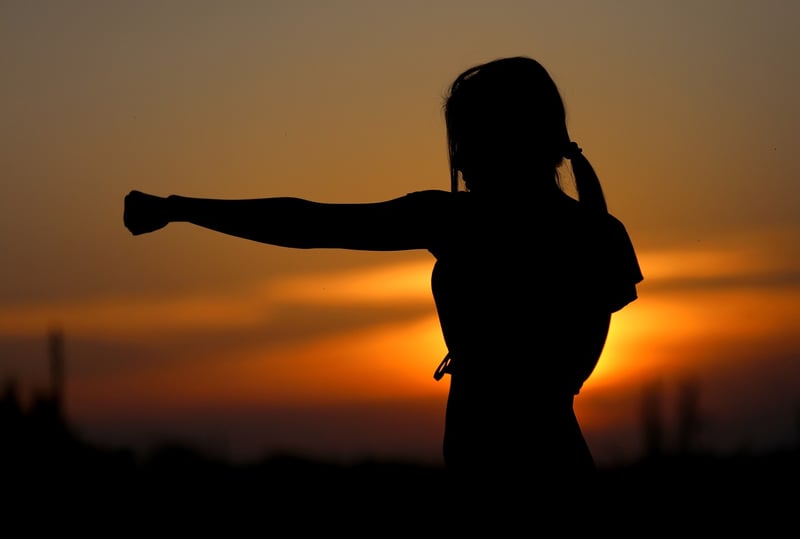Internal Martial Arts
The Harmony of Body and Mind: Exploring Internal Martial Arts
Internal martial arts, also known as Neijia, are a traditional Chinese martial arts practice that focuses on the cultivation of the body, mind, and spirit. Unlike external martial arts that emphasize physical strength and speed, internal martial arts prioritize the development of internal power, mental clarity, and harmony between the body and mind.
Key Principles of Internal Martial Arts:
- Qi (Energy): Practitioners of internal martial arts believe in the existence of Qi, the life force or energy that flows through the body. By harnessing and directing Qi through specific movements and breathing techniques, practitioners can enhance their martial arts skills and improve their overall well-being.
- Softness Overcomes Hardness: Internal martial arts focus on using softness and relaxation to overcome an opponent's hardness and strength. By being relaxed and yielding, practitioners can redirect an attacker's force and maintain control of a situation.
- Mind-Body Connection: Internal martial arts emphasize the connection between the mind and body. By cultivating mental focus, awareness, and intention, practitioners can unify their movements with their internal energy, resulting in fluid and powerful techniques.
Benefits of Practicing Internal Martial Arts:
- Physical Health: Internal martial arts promote flexibility, balance, and coordination. The slow, deliberate movements help improve posture, joint mobility, and overall physical fitness.
- Mental Clarity: The meditative aspect of internal martial arts can help reduce stress, increase concentration, and promote a sense of calmness and mental clarity.
- Self-Defense: Despite their gentle appearance, internal martial arts techniques are highly effective for self-defense. Practitioners learn how to use an opponent's energy against them, making these arts practical for real-life situations.
Popular Internal Martial Arts Styles:
Some of the most well-known internal martial arts styles include:
- Tai Chi: Known for its slow, flowing movements, Tai Chi is practiced for health, meditation, and self-defense.
- Baguazhang: Baguazhang emphasizes circular movements and constant changes in direction to confuse and control opponents.
- Xingyiquan: Xingyiquan focuses on linear movements and explosive power, often likened to the movements of animals.
Overall, internal martial arts offer a holistic approach to physical, mental, and spiritual well-being. By practicing these arts, individuals can enhance their health, cultivate mindfulness, and develop a deep understanding of the connection between the body and mind.

Ready to embark on a journey of self-discovery and inner strength? Explore the world of internal martial arts and experience the harmony of body and mind like never before.
For more information and resources on internal martial arts, visit InternalMartialArts.com.
